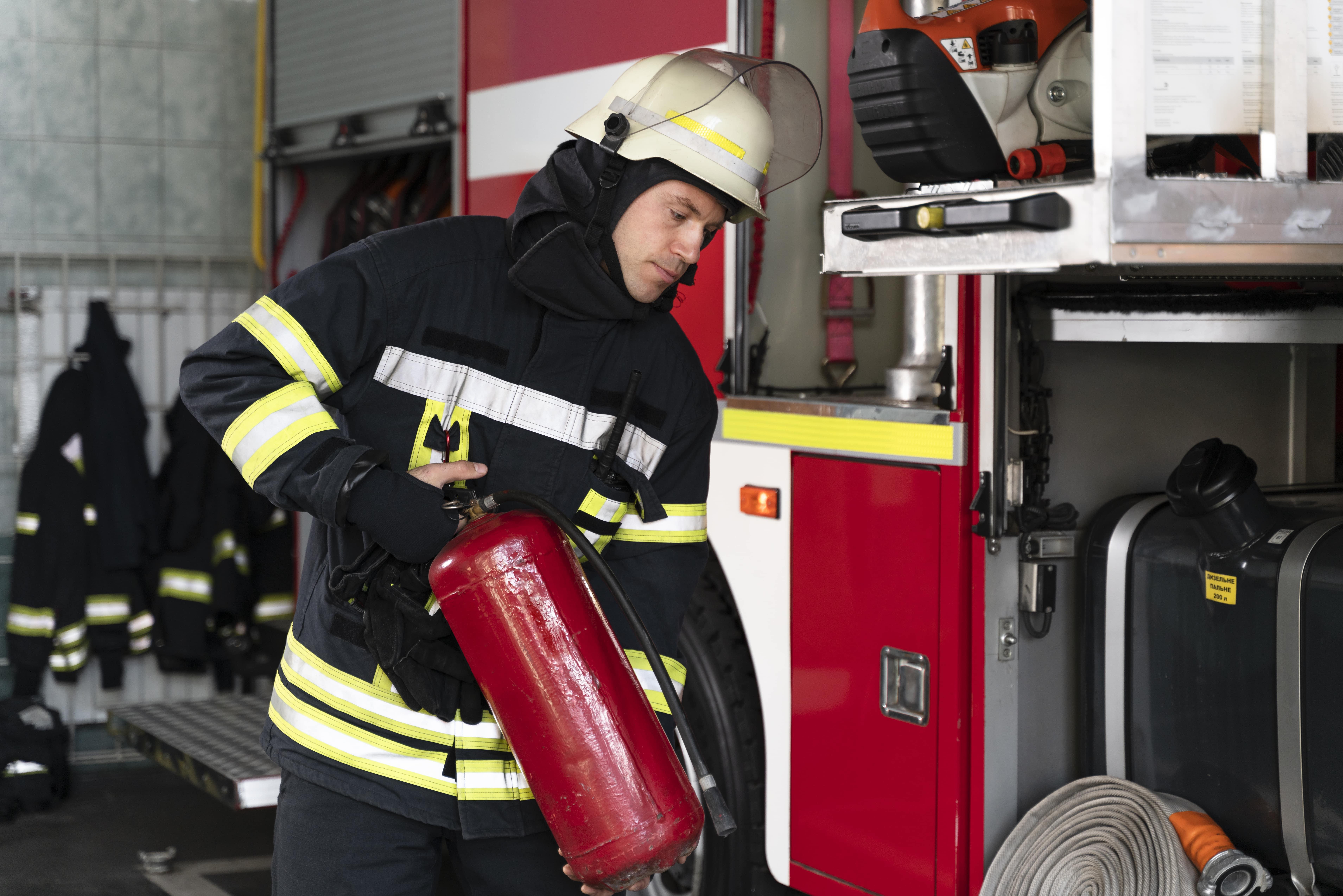Fire Risk Assessment a Complete Guide to Compliance and Safety

Fire safety is one of the most critical aspects of property management. Whether you are a landlord, business owner, or property manager, carrying out a Fire Risk Assessment is both a legal duty and a moral responsibility. Fires can occur unexpectedly, and without the right precautions, they can lead to devastating consequences for people, property, and businesses.
A Fire Risk Assessment is a systematic evaluation of your premises to identify potential fire hazards, the people at risk, and the measures required to ensure safety. In the UK, this process is not optional—it is a legal requirement under the Regulatory Reform (Fire Safety) Order 2005.
This article explains what a Fire Risk Assessment is, why it matters, who needs it, and how to stay compliant.
What Is a Fire Risk Assessment?
A Fire Risk Assessment is a structured inspection carried out by a competent person to evaluate fire hazards in a building. The aim is to identify risks, reduce the likelihood of fire, and ensure that people can escape safely if a fire does occur.
A proper Fire Risk Assessment covers:
-
Identifying fire hazards such as faulty wiring, heating systems, or flammable materials.
-
Recognising people at risk, including employees, residents, or visitors.
-
Evaluating existing fire safety measures like alarms, extinguishers, and emergency exits.
-
Implementing additional safety measures to reduce risks.
-
Documenting findings and setting up a review process.
The outcome is a detailed report that shows compliance with fire safety laws and offers peace of mind.
Why Is a Fire Risk Assessment Important?
-
Legal Compliance
UK law requires businesses and landlords to carry out Fire Risk Assessments regularly. Failure to comply may result in fines, legal action, or even imprisonment in severe cases. -
Protects Lives
The primary purpose of a Fire Risk Assessment is to safeguard lives. By identifying hazards early, you can prevent fires and ensure safe evacuation routes. -
Safeguards Property
Fires not only risk lives but also cause significant property damage. An assessment reduces the chances of such losses. -
Insurance Requirements
Insurance companies often demand evidence of fire safety compliance. A valid Fire Risk Assessment ensures that your coverage remains valid in case of a claim. -
Peace of Mind
Knowing that your premises are safe and compliant brings confidence to owners, employees, tenants, and visitors.
Who Needs a Fire Risk Assessment?
-
Landlords – Required by law to ensure rental properties meet fire safety standards.
-
Businesses – Offices, shops, warehouses, and restaurants must have an up-to-date Fire Risk Assessment.
-
Public Buildings – Schools, hospitals, and care homes need comprehensive assessments due to vulnerable occupants.
-
Homeowners (HMOs) – Houses in Multiple Occupation legally require a Fire Risk Assessment to protect tenants.
Essentially, if people live, work, or visit your property, you are responsible for ensuring fire safety.
How Often Should You Carry Out a Fire Risk Assessment?
-
Businesses & Commercial Properties – Annually or whenever there are significant changes (e.g., new equipment, structural changes).
-
Rental Properties – At the start of each tenancy and reviewed regularly.
-
High-Risk Buildings – More frequent assessments, especially in care homes or industrial facilities.
Regular reviews ensure continued compliance and safety.
Steps Involved in a Fire Risk Assessment
-
Identify Fire Hazards – Check electrical systems, heating, and flammable substances.
-
Determine Who Is at Risk – Consider vulnerable groups like children, elderly, or disabled occupants.
-
Evaluate Risks and Precautions – Review alarms, escape routes, and fire-fighting equipment.
-
Record Findings – Document risks, safety measures, and action plans.
-
Review and Update – Keep the assessment current as conditions change.
Hiring a professional fire safety assessor is highly recommended to ensure accuracy and compliance.
Cost of a Fire Risk Assessment
The cost varies depending on property size and complexity:
-
Small residential or rental properties: £150 – £250
-
Medium-sized offices or shops: £250 – £500
-
Large commercial buildings or care homes: £500+
This cost is a small investment compared to the potential financial and human losses caused by fire.
Final Thoughts
A Fire Risk Assessment is more than a legal formality—it is a vital step in protecting lives, property, and businesses. Whether you are a landlord ensuring tenant safety, a business owner maintaining compliance, or a property manager overseeing multiple sites, a current Fire Risk Assessment provides security, compliance, and peace of mind.
Regular reviews and professional assessments help reduce risks, maintain insurance validity, and safeguard everyone who enters your premises.
Staying proactive with fire safety not only keeps you compliant but could one day save lives




